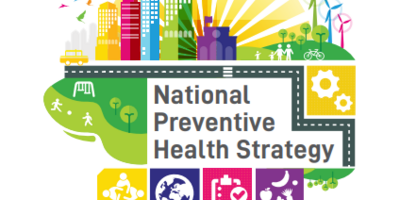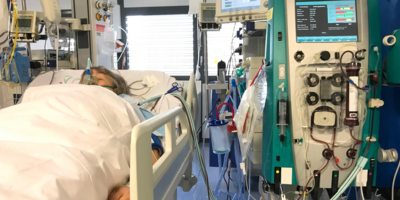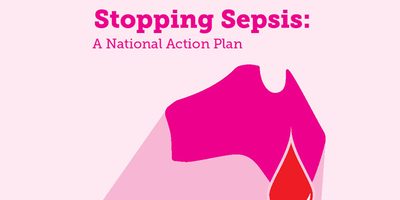The George Institute welcomes today’s announcement by Minister Hunt regarding the government’s commitment to addressing the burden of sepsis in Australia.
We look forward to working with the Government to develop and implement a national response to this issue.
Sepsis occurs when the body’s response to an infection damages its own organs. It is a time-critical medical emergency as organ failure, loss of limbs and death are more likely if it is not recognised early and treated promptly.
There are an estimated 100,000 episodes of sepsis in Australia each year and of those at least 13,000 will result in death. Half those who survive severe sepsis are left with long-term physical, psychological or cognitive disability.
Sepsis affects people of all ages and patients across a broad range of clinical specialties but particularly the very young, the very old and Aboriginal and Torres Strait Islander peoples. However, awareness is low with a 2016 survey finding 60 percent of Australians had not heard of sepsis and only 14 percent could name one of its symptoms.
The George Institute’s Professor Simon Finfer has been actively working in this area for decades and set up the Australian Sepsis Network (ASN), a national association working closely across jurisdictions, sepsis clinical champions and survivors.
In early 2018, the ASN, which is hosted at The George Institute, released the ‘Stopping Sepsis National Action Plan’, which was developed in collaboration with policy, clinical, academic, research and survivor stakeholders.
We strongly believe that a coordinated national approach is needed to reduce preventable deaths and disability from sepsis and look forward to working with Minister Hunt and his team to move this forward.









